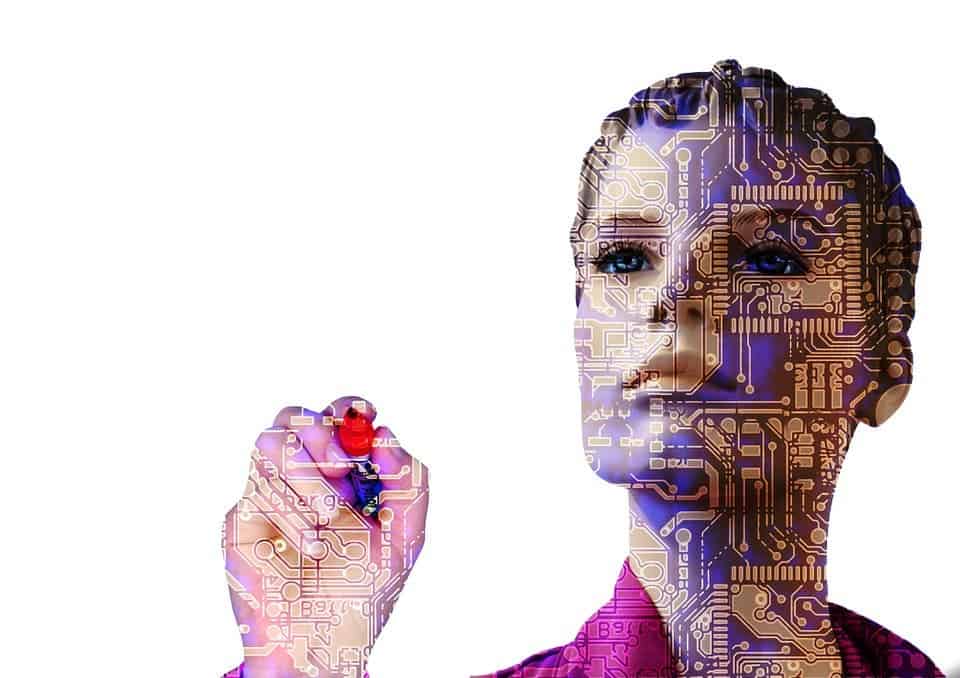
While robotics and AI research is taking massive strides forward, our social development hasn’t really kept up with them. We may very well have sentient robots in a few decades, but is our society prepared to deal with that possibility?
For starters, what role would robots play? Would they be considered as mindless servants, inferior slaves who (which?!) exist only to serve our needs? Would they be like animals, given some rights, but clearly not as many as humans? Or would they be protected as intelligent creatures, within a specially created framework?
Marcus du Sautoy from the University of Oxford in the UK believes in some form of the latter.
“It’s getting to a point where we might be able to say this thing has a sense of itself, and maybe there is a threshold moment where suddenly this consciousness emerges,” du Sautoy told media at the Hays Festival in Hay-on-Wye, Wales this week. “And if we understand these things are having a level of consciousness, we might well have to introduce rights. It’s an exciting time.”
The mathematician thinks that the time to discuss this issue is now. Promoting his book What We Cannot Know, he says that new techniques are emerging which will allow us to somehow put a measure on consciousness.
“The fascinating thing is that consciousness for a decade has been something that nobody has gone anywhere near because we didn’t know how to measure it,” he said. “But we’re in a golden age. It’s a bit like Galileo with a telescope. We now have a telescope into the brain and it’s given us an opportunity to see things that we’ve never been able to see before.”
It’s an exciting time, but it could also be a worrying time. After all, there are plenty of dystopian movies where human-robot interactions go wrong, and we’d definitely want to get it right the first time. Although things likely won’t go down the path of Matrix or The Terminator, we have a responsibility to the artificial intelligence we are starting to create. Hopefully, we’ll be able to rise to the occasion.






